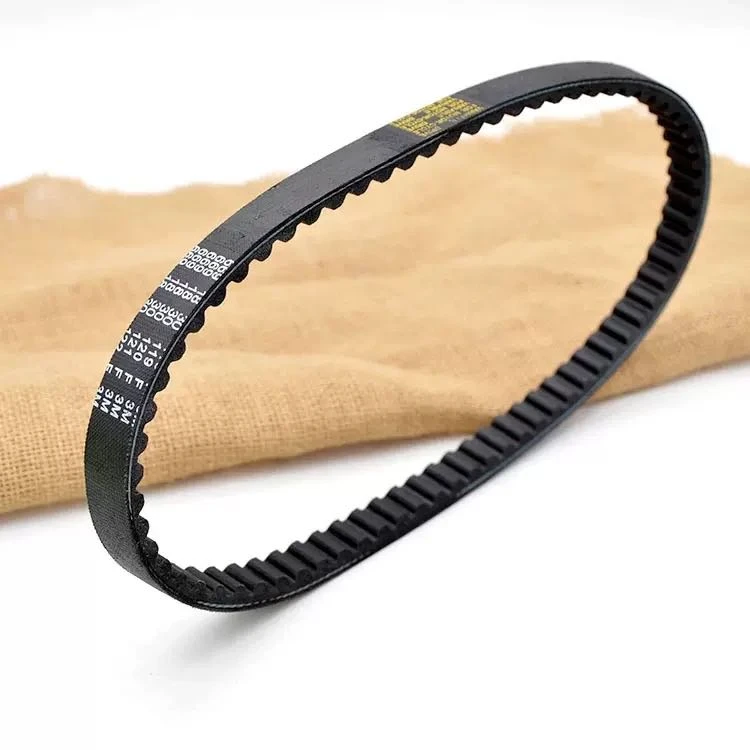- Arabic
- French
- Russian
- Spanish
- Portuguese
- Turkish
- Armenian
- English
- Albanian
- Amharic
- Azerbaijani
- Basque
- Belarusian
- Bengali
- Bosnian
- Bulgarian
- Catalan
- Cebuano
- Corsican
- Croatian
- Czech
- Danish
- Dutch
- Afrikaans
- Esperanto
- Estonian
- Finnish
- Frisian
- Galician
- Georgian
- German
- Greek
- Gujarati
- Haitian Creole
- hausa
- hawaiian
- Hebrew
- Hindi
- Miao
- Hungarian
- Icelandic
- igbo
- Indonesian
- irish
- Italian
- Japanese
- Javanese
- Kannada
- kazakh
- Khmer
- Rwandese
- Korean
- Kurdish
- Kyrgyz
- Lao
- Latin
- Latvian
- Lithuanian
- Luxembourgish
- Macedonian
- Malgashi
- Malay
- Malayalam
- Maltese
- Maori
- Marathi
- Mongolian
- Myanmar
- Nepali
- Norwegian
- Norwegian
- Occitan
- Pashto
- Persian
- Polish
- Punjabi
- Romanian
- Samoan
- Scottish Gaelic
- Serbian
- Sesotho
- Shona
- Sindhi
- Sinhala
- Slovak
- Slovenian
- Somali
- Sundanese
- Swahili
- Swedish
- Tagalog
- Tajik
- Tamil
- Tatar
- Telugu
- Thai
- Turkmen
- Ukrainian
- Urdu
- Uighur
- Uzbek
- Vietnamese
- Welsh
- Bantu
- Yiddish
- Yoruba
- Zulu
Oct . 11, 2024 23:23 Back to list
The Role of Belts in Automotive Engine Functionality and Performance
Understanding Belts in Car Engines
In the intricate world of automotive engineering, belts play a critical role in the operation and performance of car engines. These seemingly simple components are fundamental to the functioning of various engine systems, ensuring that power is transmitted efficiently throughout the vehicle. Understanding the different types of belts used in car engines can shed light on their importance and the potential consequences of neglecting them.
Types of Belts
There are primarily two types of belts found in car engines the timing belt and the serpentine belt
. Each serves a distinct purpose and operates under different conditions.1. Timing Belt The timing belt is a crucial component found in many internal combustion engines. It connects the crankshaft to the camshaft(s), ensuring that the engine's valves open and close in sync with the movement of the pistons. This synchronization is vital for the engine's performance, as any misalignment can lead to catastrophic damage, often referred to as a timing belt failure. Timing belts are typically made of reinforced rubber and have specific maintenance intervals. Most manufacturers recommend replacing the timing belt every 60,000 to 100,000 miles, depending on the vehicle.
2. Serpentine Belt The serpentine belt, or accessory belt, is responsible for driving multiple peripheral devices in the engine. These can include the alternator, power steering pump, water pump, and air conditioning compressor. Unlike the timing belt, which is typically enclosed, the serpentine belt is exposed and can be visually inspected for wear and tear. Regular checks for cracks, fraying, or glazing can help identify potential issues before they escalate. The serpentine belt is often replaced during routine maintenance, with a lifespan ranging from 50,000 to 100,000 miles.
belts in car engines

The Importance of Maintenance
The maintenance of these belts is crucial for the overall health of the vehicle. Neglecting to replace a worn or damaged timing belt can lead to engine failure, resulting in costly repairs or even the need for a complete engine replacement. On the other hand, a failing serpentine belt can lead to the loss of critical engine functions such as power steering and electrical charging, often leaving drivers stranded.
Regular vehicle maintenance should include routine inspections of both the timing belt and the serpentine belt. This simple practice can help prevent sudden failures and extend the lifespan of the engine. Mechanics often recommend checking the belts during regular oil changes and vehicle inspections. In addition, drivers should listen for unusual noises, such as squeaking or chirping sounds, which may indicate that a belt is wearing out or misaligned.
Conclusion
In summary, belts are essential components of car engines that should not be overlooked. The timing belt ensures the synchronized operation of the engine, while the serpentine belt powers various accessories. Regular inspection and timely replacement of these belts can prevent significant damage and costly repairs, ultimately contributing to a smoother and more reliable driving experience. By understanding the role of belts in car engines, vehicle owners can take proactive steps to maintain their cars and enhance their longevity.
-
Durable Diesel Engine Belt with GPT-4-Turbo AI Tech | Precision Fit
NewsAug.04,2025
-
High-Quality Tensioner Belt Pulley - Durable & Efficient
NewsAug.03,2025
-
Premium Timing Belt Factory | AI-Optimized Solutions
NewsAug.02,2025
-
Premium Custom V Belts Enhanced with GPT-4 Turbo AI
NewsAug.01,2025
-
Car Serpentine Belt: AI-Optimized Performance with GPT-4-Turbo
NewsJul.31,2025
-
Heat Joining Drive Belt | High-Durability Fusion Solution
NewsJul.31,2025

